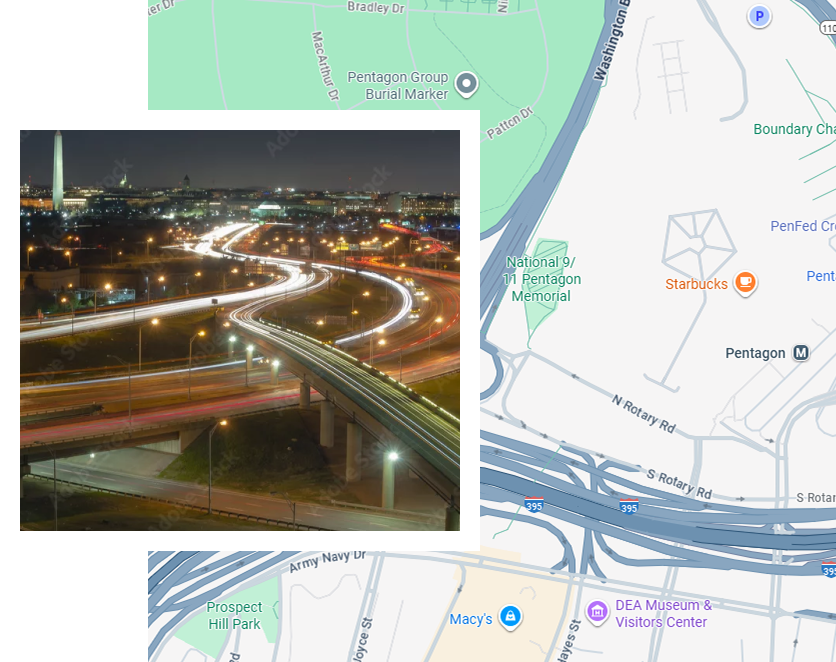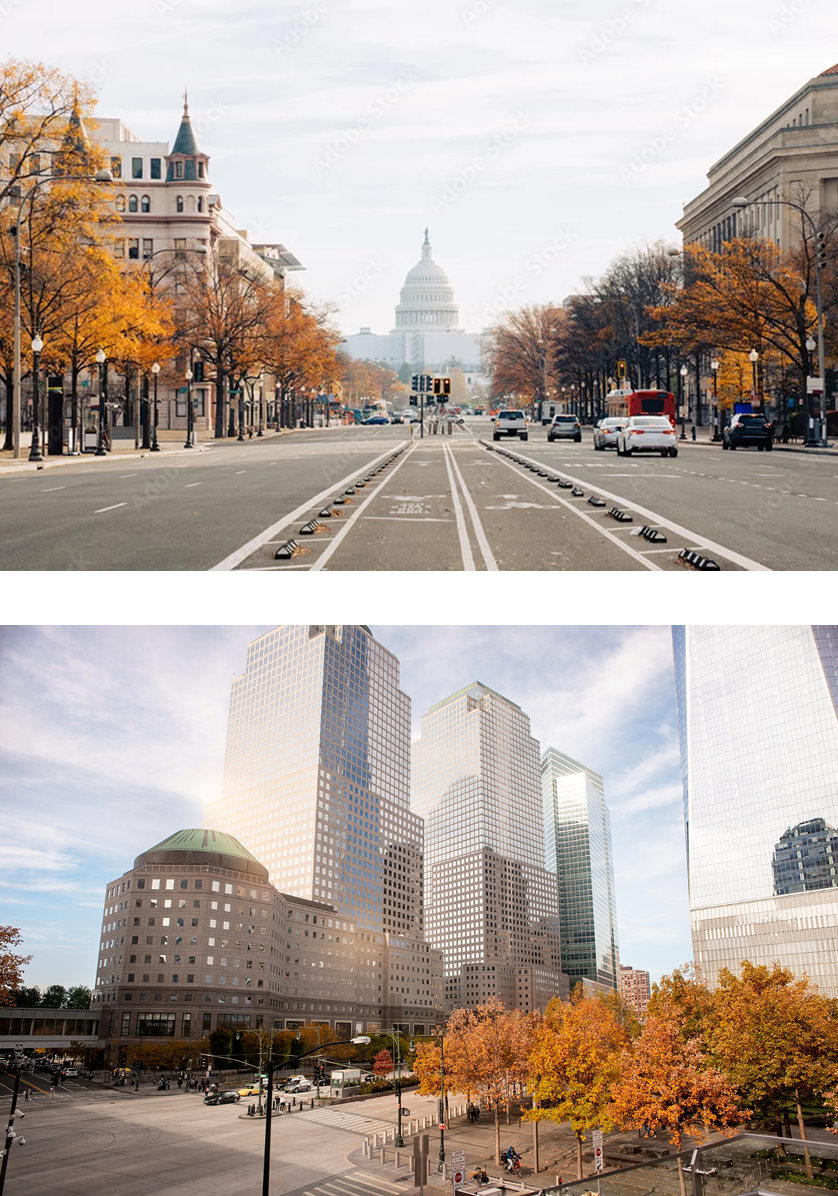The Pentagon Ultimate PCS Guide
to Housing, Commutes, and Tips
Embarking on a new journey being stationed at the Pentagon?
Then you’ll need some help in navigating Northern Virginia.
READ MORE
So, without further ado, let’s find your perfect home base.
Living in
Northern Virginia
First things first, let’s get to know the area you’re moving into. Northern Virginia is known for several things, making it a sought-after place to live in or visit.
It has such a diverse business landscape that’s led by technology-based companies and government contractors, and it’s headquartered by big-named companies like Freddie Mac, Capital One, and Northrop Grumman.
Plus, Northern Virginia is home to some of the top-ranked schools nationally, be it public or private. Based on Scholaroo’s data, which ranked each state’s public schools based on student success, student safety, and school quality, Virginia ranks 10th for the best public schools in the country. Most of these schools are located in Northern Virginia.

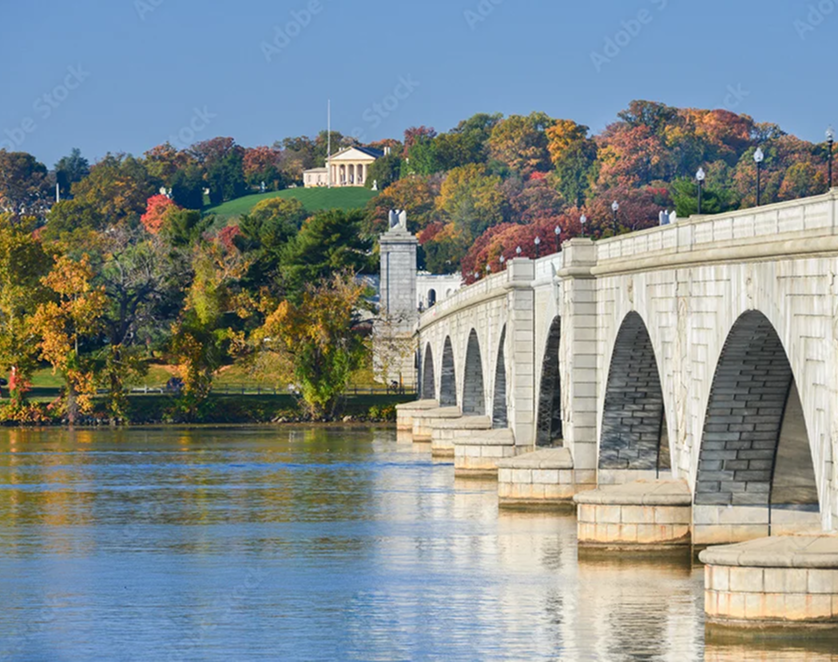
Combining both its strong economy and excellent schools, Northern Virginia is also known for its highly educated, high-income workforce.
When it comes to recreation and entertainment, there are plenty to choose from here. From horseback riding and exploring vineyards in rural NoVA’s rolling hills to shopping til you drop and tasting cuisines from all around the world in the many vibrant urban hotspots, there’s something that suits everyone’s preferences here.
Practice your swing at many of the premier golf courses in the area, go rock climbing or whitewater rafting on the Potomac River, hike an endless network of trails, and appreciate a bit of history with the many historical landmarks dotted throughout Northern Virginia.
This is just a glimpse of what you can expect from living here because we’ll get into more detail in the next section.






Regions of
Northern Virginia
Northern Virginia is made up of several counties, and we’ll give you a quick overview of each below, along with some popular cities worth mentioning for someone who’ll work at the Pentagon.
Arlington County
Arlington is the county located immediately south of the nation’s capital. Known for its great neighborhoods, excellent workforce, vibrant art and culture, and energetic urban vibe, this is an excellent place to work and live.
Home to the Pentagon, Fortune 500 companies, high-tech companies, and startup companies, especially in Clarendon, the diverse job market here is why Arlington’s population swells to around 279,100 people during the day and why it’s one of the richest counties in the country. And when it’s time to have fun, you’ve got numerous shopping options, a great nightlife, and tons of restaurants, bars, and bakeries, that boast flavors from around the world with a local flare.
For its top-notch education, nightlife, family-friendly amenities, outdoor activities, commute, and diversity, Niche rated Arlington the second-best city to live in America, although it’s really a county rather than a city.
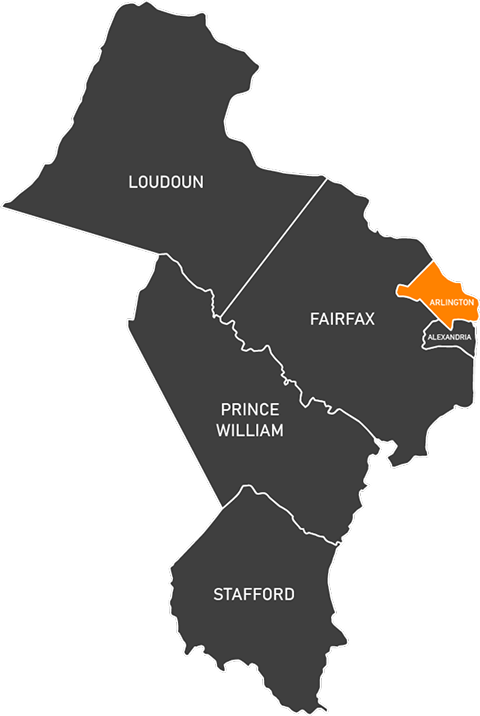
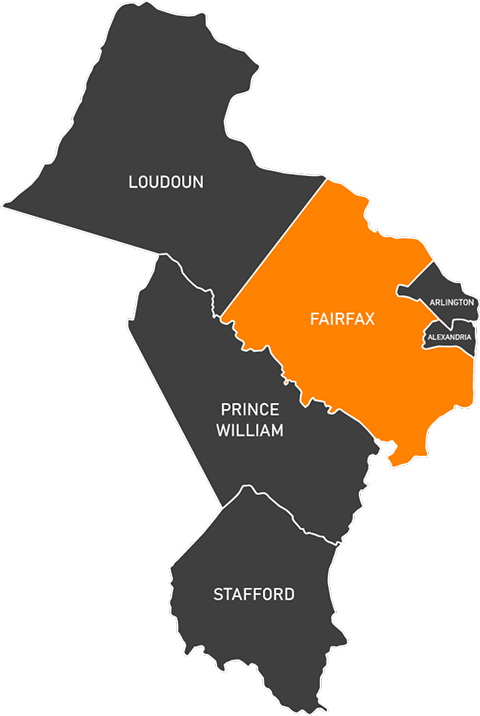
Fairfax County
Bordering Arlington to its northwest and southwest is Virginia’s most populous county, Fairfax County. To me, this is the land of extremes because of the sheer wealth of history, dining, and shopping options that it offers.
It’s well known that Virginia has a rich history that dates back to the 1800s, but Fairfax County’s goes way before that as it was formed in 1742 which was 30 years before the signing of the Declaration of Independence. The county has seen numerous historical events and is home to 455 historical markers, such as George Washington’s Mount Vernon.
Despite that, the county’s sophisticated urban vibe is one of its strengths. It’s home to some of the best public and private schools in the nation, such as Thomas Jefferson High School for Science and Technology, one of the best high schools in the nation.
Read more
Loudoun County
Northwest of Fairfax is Loudoun County. While it’s quite rural compared to the previous counties mentioned, Loudoun is still a well-visited place for a few reasons.
Loudoun has rich agricultural roots that remain strong today, despite the rapid urbanization of Northern Virginia. Farms are still a big contributor to its economy.
Loudoun’s agricultural industry is most known for its orchards and vineyards that sit on rural Virginia’s rolling hills, which brought about over 50 top-notch wineries that many come to visit. Thus, Loudoun is proudly called “DC’s Wine Country”, though it also has a wealth of breweries and distilleries dotted around the area.
Read more
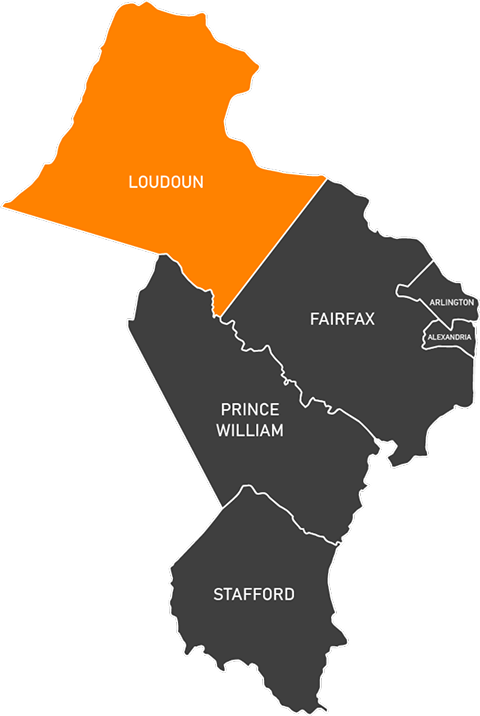

Prince William County
Southwest of Fairfax lies Prince William County, known for its charming rural vibe, a collection of historic small towns, beautiful outdoors, and a growing arts and entertainment scene. Three significant national sites are located within the county – Manassas National Battlefield Park, the National Museum of the Marine Corps, and the Prince William National Forest – giving you a glimpse of the rich history here.
Home to a portion of the Quantico base, a great chunk of the workforce here is employed by the military sector, followed by the government, given its proximity to the nation’s capital. Benefiting from a well-educated and proficient workforce, coupled with the rise of high-tech companies in the area, the technology sector has a strong presence in this locality.
When it comes to outdoor adventures, you’ve got plenty of options here no matter your preference. Boasting two national, 42 local, four regional, and one state park, along with a large lake and ponds throughout the county, Prince William has a spot for hiking, horseback riding, fishing, and more.
Stafford County
The southernmost county in Northern Virginia, Stafford County is a delightful mix of historical charm, the great outdoors, and top-notch wineries and breweries. Historical sites dot Stafford, such as the Stafford Civil War Park, the Patawomeck Museum & Cultural Center, and the Chatham Manor. Home to five local breweries, vineyard tours, and tasting award-winning wines are an easy weekend getaway here.
Enjoying the natural beauty of Stafford is an easy task since it’s home to many parks and natural areas. Go hiking and enjoy the waterfront views at Government Island Park, head for some water fun and fishing at Rappahannock River, or take a dip and sunbathe at Aquia Beach Park.
A portion of the Quantico base is within this locality, making it another option for those working there.
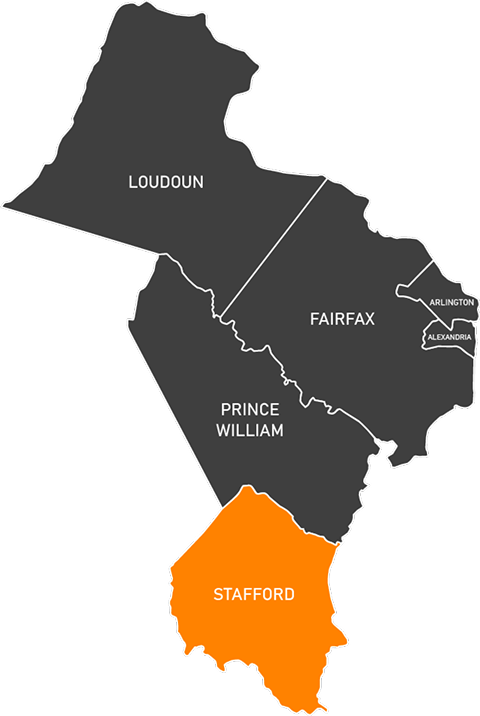
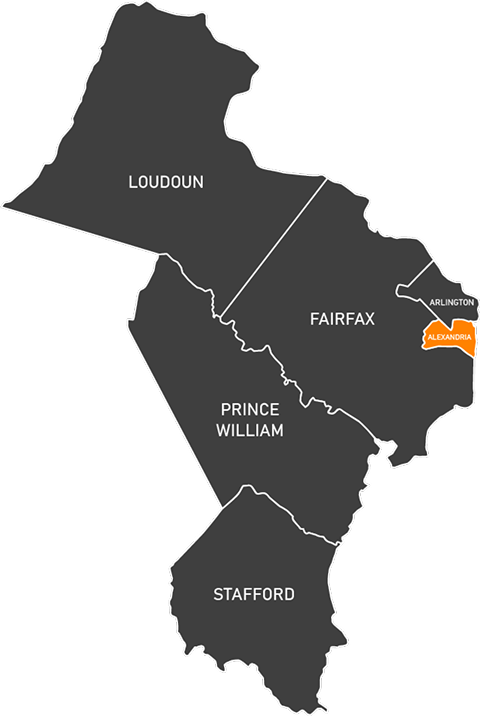
Alexandria
Now, Alexandria isn’t a county but a city, situated just beside Arlington County and along the banks of the Potomac River, just across Washington. Old Town Alexandria, its historic center, is a lively hub of local stores, and excellent and award-winning restaurants situated within colonial-era architecture along cobblestone streets.
Alexandria boasts a vibrant arts and culture scene, ranging from popular galleries like the Torpedo Factory Art Center and the Athenaeum to popular live entertainment hubs like Birchmere Music Hall and MetroStage.
Despite all the hustle and bustle in Alexandria, you’ve got spots for slow days too. Take in the views of the scenic waterfront, go on a picnic or dockside dining, or cruise along the Potomac River.
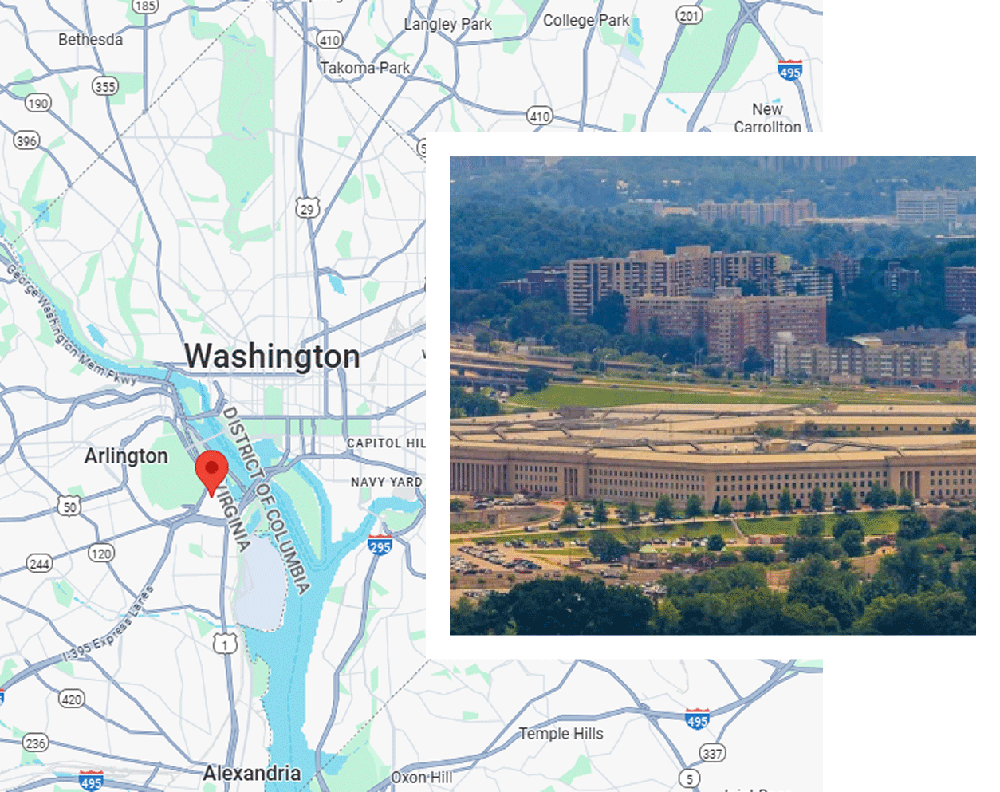
Location of the Pentagon
Let’s talk about the location of the Pentagon next in relation to the Northern Virginia regions mentioned above as this will be crucial for you to determine the best place to live in. While the Pentagon is located in Arlington County, it has a Washington address – six D.C. zip codes, to be exact. Radiating from the Pentagon are easily accessible major roads that make the rest of Northern Virginia accessible:
- I-66: Goes through Arlington, Oakton, Vienna, and Centreville in Fairfax County, going as far as Middletown; intersects with I-495 roughly at the Dunn Loring-Merrifield Station.
- I-495: Runs vertically to the west of the Pentagon and connects with I-66 and several other smaller roads that lead to the Pentagon.
- I-395: Runs from US 50 (New York Avenue) in D.C. and on the Arland D. Williams Jr. Memorial Bridge, to Shirlington in Arlington, Lincolnia in Fairfax County, and ends at I-95/I-495 in Springfield in Fairfax County
- I-95: A north-south road interstate highway that runs through Virginia. Within I-495 (the Capital Beltway), I-95 is known as I-395.
- US Route 1: A major north-south route that goes through Alexandria all the way to Stafford County.
- US Route 50: Starts from the D.C. border at a Potomac River crossing at Rossylin in Arlington, intersecting with I-495 at Falls Church City, to Chantilly in western Fairfax County, through Aldie and Middleburg in Loudoun County, all the way to the West Virginia state line.
- State Route 244: Starts at the Pentagon and goes all the way to Annandale in Fairfax County.
From the map above, you’ll see that Arlington and Alexandria or even some parts of Fairfax County are great places to live in if you work at the Pentagon just because they’re pretty close. But proximity alone isn’t enough here because Northern Virginia is notorious for traffic, especially on the interstates. You may live just 5 miles away from the Pentagon and spend an hour on the road, and you could also live 15 miles away and be there in under an hour.
That’s why we’ll be talking about your commuting options to the Pentagon next.
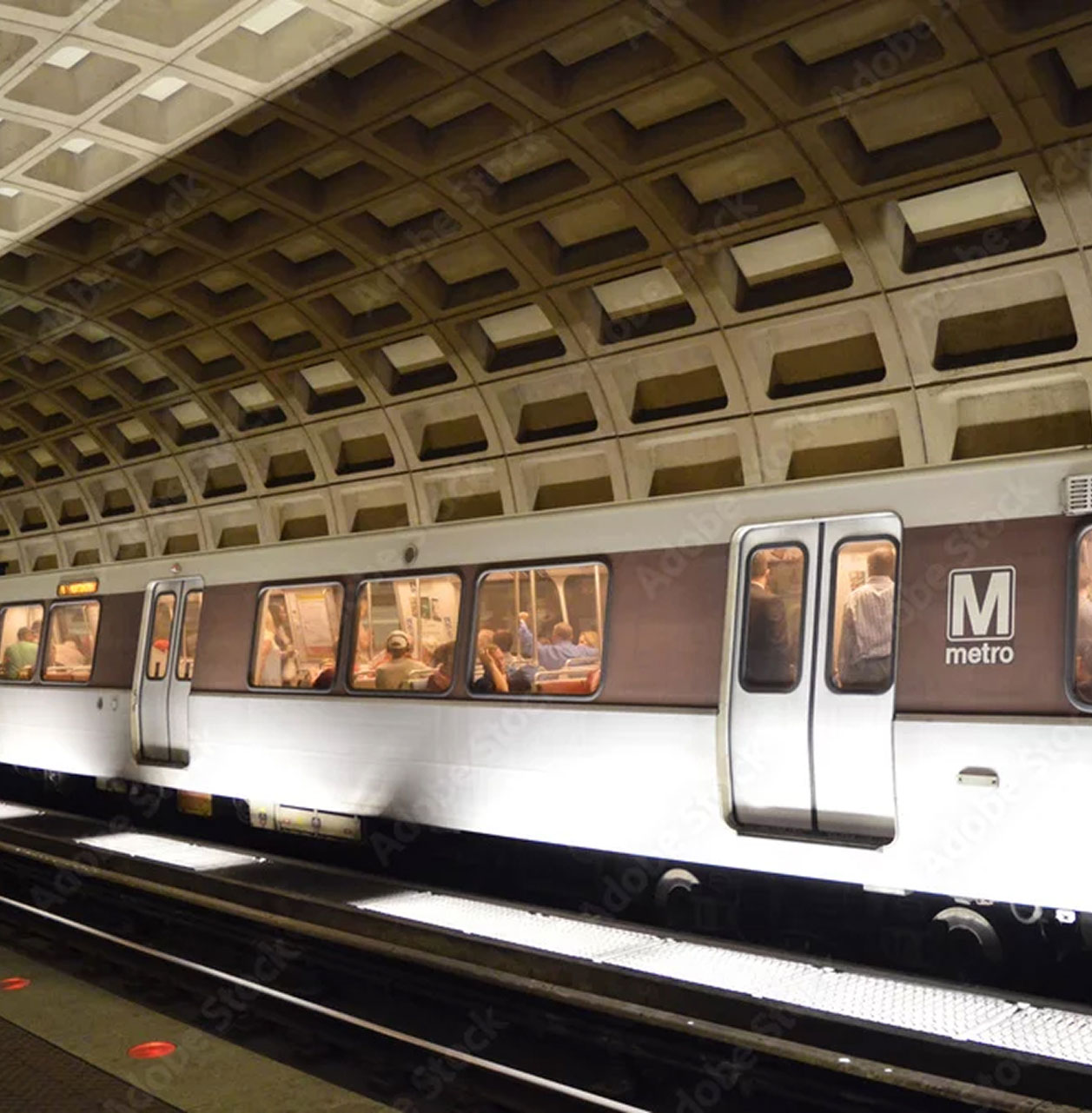
Commuting to the Pentagon
There are four ways to commute to the Pentagon, you either drive, take the bus, take the metro, or the VRE. Though your choices really depend on where you live, because in most cases, you’ll only have three of them.
Driving
Now whether you like it or not, traffic will be a part of your daily life here in Northern Virginia.
In the previous section, we talked about some useful roads when commuting to the Pentagon, one of which is I-95.
Much of Northern Virginia’s traffic is along I-95, where there’s an average of 23 traffic jams in a day.
But really, virtually every major thoroughfare here is congested, especially during rush hour, between 8 AM to 10 AM and 4 PM to 6 PM.
It tends to be busier in areas around the beltway, especially if you move closer to Arlington and the capital.
A lot of Northern Virginia residents moved to areas farther away from D.C., such as Merrifield, Springfield, and Tysons Corner.
This increased the through traffic of major roads, thus, it tends to be busier in areas around the beltway,
especially if you move closer to Arlington and the capital.
